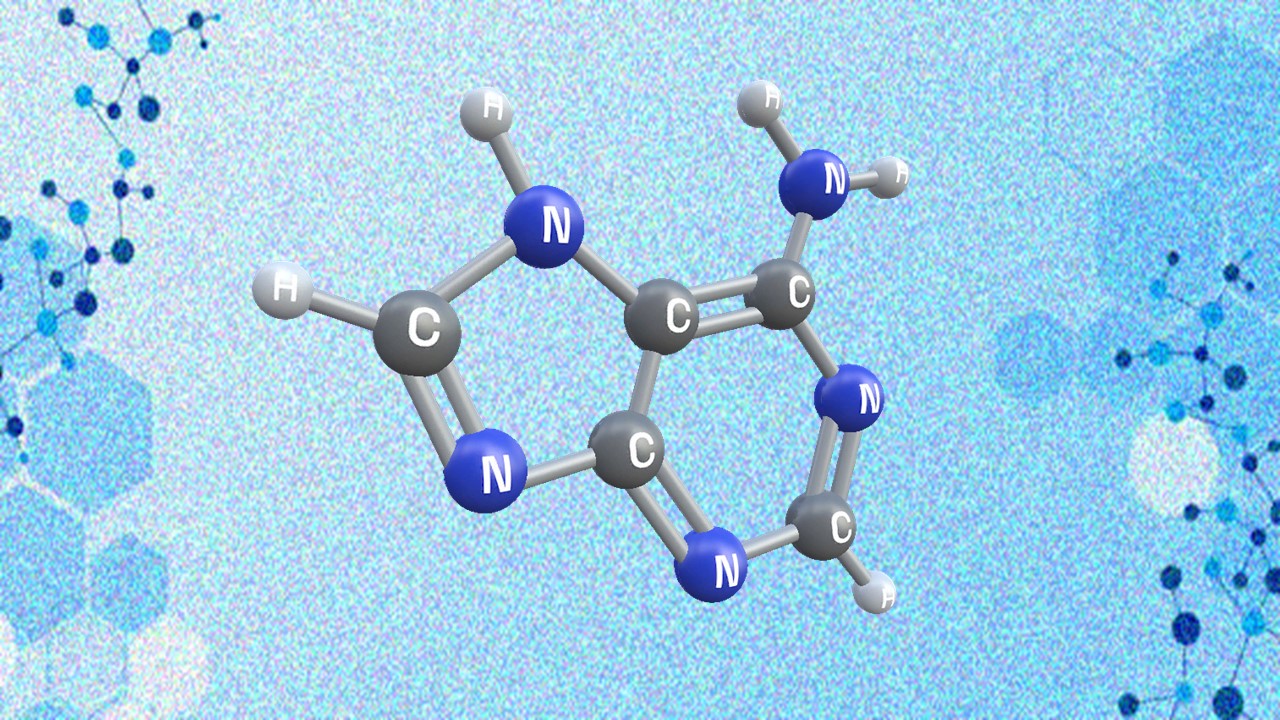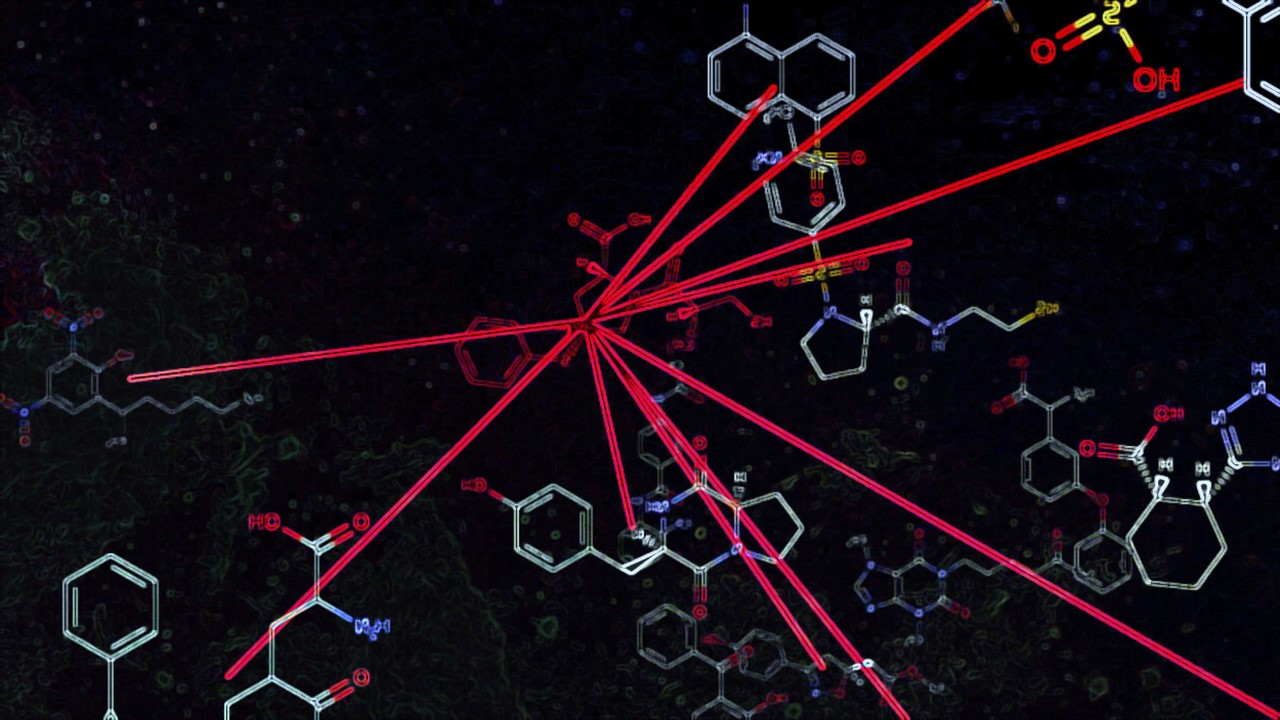In recent years, the landscape of cancer research and drug discovery has undergone a profound shift, catalyzed by targeted therapies like all-trans-retinoic acid for acute promyelocytic leukemia and trastuzumab for HER2-amplified breast cancer. While these targeted approaches offer improved specificity and reduced toxicity compared to traditional chemotherapy, they also present challenges, notably in identifying effective drug targets, particularly for elusive cancer-promoting proteins.
Redefining Phenotypic Screening
Novel approaches to phenotypic screening have emerged as a response to the limitations of target-based screening methods in drug discovery. High-content imaging technology enables researchers to conduct detailed analyses of cellular phenotypes at the single-cell level. This capability allows for the investigation of intricate cellular responses to small molecules, providing insights into their mechanisms of action. Additionally, gene expression-based high-throughput screening (GE-HTS) has become a valuable tool in drug discovery. By leveraging transcriptomic signatures, GE-HTS can identify compounds that induce specific biological states within cells. This approach holds promise for uncovering novel drug candidates across a wide range of disease contexts, offering researchers a versatile and efficient method for identifying potential therapeutics.
Unveiling Protein Targets
Phenotypic screening, despite its promise in identifying compounds with desired biological effects, presents a significant challenge in pinpointing the specific protein targets of small molecules. Traditional methods like affinity chromatography, often used for target identification, encounter constraints in capturing interactions with low affinity and necessitate individual optimization for each target of interest. However, to surmount these hurdles, novel genomic, genetic, and proteomic approaches have emerged, heralding a new era of target elucidation in small molecule drug discovery.
These innovative methodologies leverage cutting-edge technologies to delve deeper into the mechanisms of action of small molecules. Genomic approaches, for instance, harness the power of gene expression profiling to connect compounds with their protein targets, providing invaluable insights into their mode of action. Similarly, genetic screening techniques, such as CRISPR-based approaches, enable the systematic interrogation of gene function, facilitating the identification of crucial protein targets underlying phenotypic responses to small molecules. Furthermore, proteomic methods offer the ability to comprehensively analyze protein interactions and modifications, shedding light on the intricate molecular pathways perturbed by these compounds. Collectively, these advanced approaches enhance our understanding of the complex interplay between small molecules and their protein targets, paving the way for more effective drug discovery and development strategies.
Harnessing Gene Expression Signatures
Gene expression profiling, a technique that analyzes the activity of genes within cells, serves as a potent tool in elucidating the interactions between small molecules and their protein targets. By manipulating cells either chemically or genetically and then examining their gene expression profiles, researchers can gain valuable insights into how small molecules exert their effects at the molecular level. This approach allows for the identification of specific genes or pathways that are affected by the introduction of small molecules, providing clues about their potential protein targets and mechanisms of action.
The Connectivity Map (C-Map) further enhances the utility of gene expression profiling by offering a vast repository of transcriptional profiles from various cellular contexts. By comparing the gene expression signatures induced by small molecules to those in the C-Map database, researchers can identify compounds with similar effects on gene expression patterns. This comparative analysis sheds light on the mechanisms underlying the biological activity of small molecules, enabling researchers to infer their protein targets and mode of action. Through integrative analyses that combine gene expression profiling with data from the C-Map, researchers have successfully deciphered the protein targets of small-molecule hits, demonstrating the effectiveness of gene expression-based approaches in accelerating drug discovery efforts.
Integrating Multiple Approaches
Recognizing the symbiotic relationship between various target identification methods, researchers have increasingly adopted integrative approaches to amplify target discovery efforts. Through the integration of chemical genomics and targeted genetic screening, scientists have achieved remarkable success in uncovering novel drug targets and unraveling the intricate mechanisms of action underlying small molecule compounds. This synergistic approach allows for a comprehensive exploration of cellular pathways and biological networks, facilitating a deeper understanding of disease processes and therapeutic interventions. By synergizing the strengths of chemical genomics in probing small molecule interactions with the precision of targeted genetic screening in identifying specific biological targets, researchers have expanded the scope of drug discovery and accelerated the development of more efficacious therapeutics.
Moreover, this integrative strategy holds promise for addressing the inherent complexities of diseases, particularly in the context of cancer and other multifactorial disorders. By leveraging chemical genomics to explore the broad landscape of small molecule interactions and coupling it with targeted genetic screening to pinpoint key molecular players, researchers can navigate the intricate web of cellular signaling pathways and identify vulnerabilities that can be exploited for therapeutic benefit. This holistic approach not only enhances the efficacy of drug discovery efforts but also provides insights into potential mechanisms of drug resistance and disease progression. Ultimately, the integration of diverse target identification methodologies represents a paradigm shift in biomedical research, offering a robust framework for the development of precision medicines tailored to individual patient needs.
Banking on Collaborative Innovation
The convergence of advanced technologies and multidisciplinary expertise heralds a new era of precision medicine, offering unprecedented opportunities to tackle complex diseases like cancer. However, realizing the full potential of these approaches necessitates collaborative efforts across academia and industry to translate groundbreaking discoveries into tangible benefits for patients.
Study DOI: 10.1038/bjc.2011.543
Engr. Dex Marco Tiu Guibelondo, B.Sc. Pharm, R.Ph., B.Sc. CpE
Editor-in-Chief, PharmaFEATURES

Subscribe
to get our
LATEST NEWS
Related Posts

Medicinal Chemistry & Pharmacology
Synthetic Chemistry’s Potential in Deciphering Antimicrobial Peptides
The saga of antimicrobial peptides unfolds as a testament to scientific ingenuity and therapeutic resilience.

Medicinal Chemistry & Pharmacology
Appreciating the Therapeutic Versatility of the Adenine Scaffold: From Biological Signaling to Disease Treatment
Researchers are utilizing adenine analogs to create potent inhibitors and agonists, targeting vital cellular pathways from cancer to infectious diseases.

Medicinal Chemistry & Pharmacology
The Potential of Benzazepine Derivatives: A Novel Eco-Friendly Synthesis Approach
Benzazepine derivatives, notable seven-membered heterocycles, have gained pharmaceutical interest for their diverse bioactive properties.

Medicinal Chemistry & Pharmacology
Bioavailability and Bioequivalence: The Makings of Similar and “Close Enough” Drug Formulations
Scientists are striving to understand bioavailability complexities to ensure the equivalence of drug formulations from different manufacturers, crucial for clinical effectiveness.










